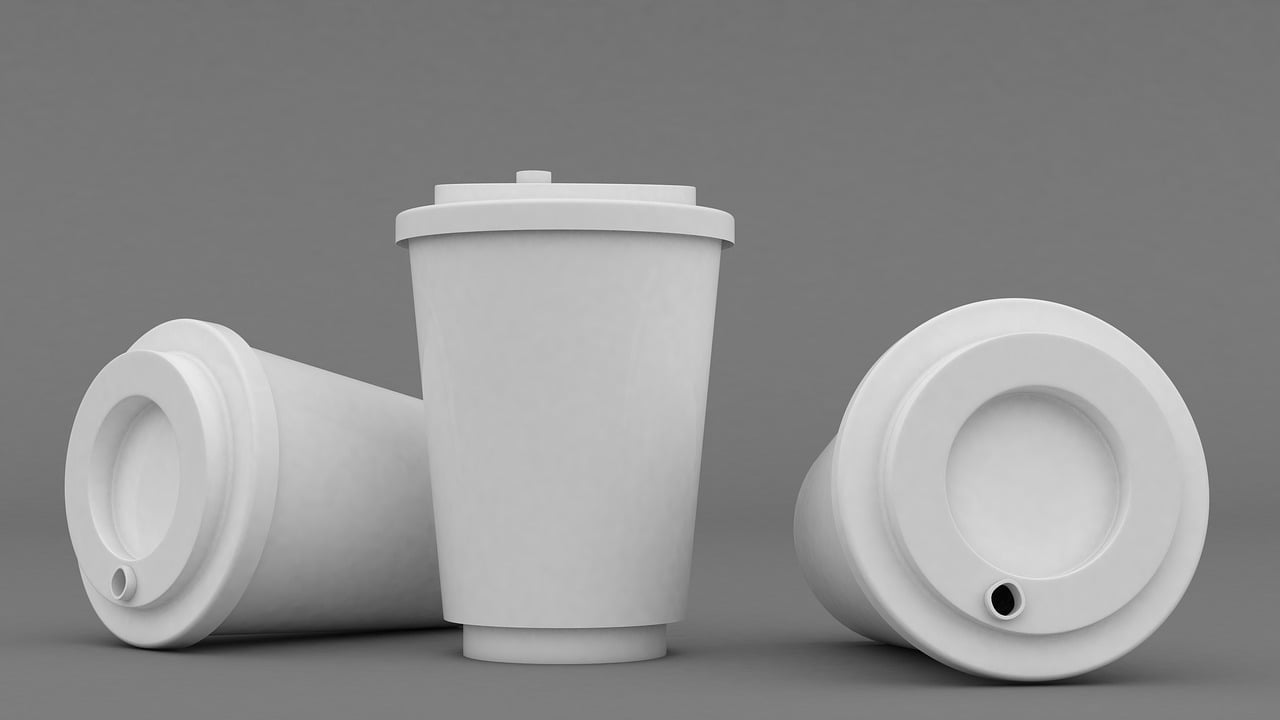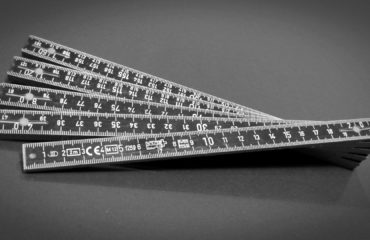On 22 January 2025, the Packaging and Packaging Waste Regulation (PPWR) was published in the Official Journal of the EU. These regulations introduce fundamental changes in the approach to the design, use and management of packaging – with a direct impact on the operations of companies in almost every industry.
The regulation covers the entire life cycle of packaging – from design to end-of-life – and aims to reduce waste, increase recycling and create a single market for packaging in the EU.
What do you need to know as an entrepreneur?
1. Bans for selected single-use packaging (from 2030)
In accordance with the provisions of the PPWR Regulation, from 1 January 2030 it will be prohibited to place a number of single-use packaging on the EU market, m.in.:
- packaging for fresh fruit and vegetables weighing less than 1.5 kg,
- miniature bottles (e.g. cosmetics in hotels),
- disposable food and beverage packaging used in gastronomy for consumption on site,
- collective packaging for beverages in the form of heat-sealed foils.
2. Obligation to design for recycling
Any packaging placed on the EU market will have to:
- Meet the criteria for recycling design from 2030 onwards.
- and from 2035 be recyclable in industrial conditions (so-called recycling in practice and on a large scale)
For entrepreneurs, this means the need to revise the packaging materials used and their composition – mono-materials will be preferred, and composites or packaging made of hard-to-process plastics will be gradually eliminated from the market.
3. Reusable packaging – new definitions and stringent requirements
The new regulation introduces a precise and binding definition of reusable packaging, which has been in force since 11 February 2025. From this point on, in order for a specific packaging to be reusable packaging, it must m.in:
- be designed and manufactured for repeated use,
- maintain functionality and integrity under foreseeable conditions of use (e.g. transport, storage, cleaning),
- allow for safe emptying, filling and use without damage,
- comply with sanitary, consumer and environmental safety standards;
- allow for renewal (e.g. cleaning, maintenance) in accordance with the technical procedures set out in Annex VI of the PPWR;
- be properly labelled – contain information not only about the product, but also about the packaging itself, how to reuse it, traceability and expiry date,
- be recyclable when it reaches the end of its life cycle – it must also meet the requirements of Article 6 of the PPWR.
4. New rules on labelling and consumer information
Each package will have to have:
- uniform marking of the packaging material, in accordance with the EU model,
- information on the possibility of recycling and indication of the appropriate waste fraction,
- identification codes associated with the digital product passport (in the future).
For many companies, this means the need to redesign labels, unit and collective packaging and adapt marketing materials to new requirements.
5. Importers’ obligations – full responsibility for the compliance of packaging with the PPWR
The PPWR Regulation imposes very specific and strict obligations on importers placing packaging on the EU market. From a practical point of view, this means, m.in other things, that before placing the packaging on the market, the importer must:
- Ensure that the manufacturer has carried out a conformity assessment (in accordance with Article 38) and has prepared a complete technical dossier in accordance with Annex VII,
- Ensure that the packaging is properly labelled, in accordance with Article 12 (m.in. pictograms on reuse, material, recyclability),
- Attach the necessary documents to each package,
- Verify that the manufacturer has complied with the other formal requirements under Article 15(5) and (6).
If the importer has any doubts about the compliance of the packaging, he cannot place it on the market – until it has been confirmed.
In addition, the importer is obliged to:
- Include your identification data (name, address, brand) on the packaging or, if this is not possible, the data must be available digitally (e.g. QR code) or in accompanying documentation,
- Ensure that the labels are legible, clear and non-duplicative – the new labels must not interfere with the requirements of other pieces of EU law (e.g. food, chemical),
- Secure the transport and storage of packaging so that it does not violate compliance with regulations (e.g. structural damage, loss of reusability),
- Put in place corrective actions in the event of non-compliance – including recall, recall of the product and informing the national supervisory authority,
- Keep the technical documentation: for 5 years (disposable packaging) or 10 years (reusable packaging),
- Provide full electronic (and, if requested, paper) dossiers to national authorities within 10 days of receipt of the request,
- Cooperate with market surveillance authorities to eliminate cases of non-compliance and ensure system compliance.
How to prepare?
- Conduct a packaging audit – check which products will need to be changed
- Start with priorities – identify those packaging that will be banned from 2030.
- Contact suppliers – start verifying recycling and reuse options.
- Be prepared for the new labels and markings – this will be mandatory.



